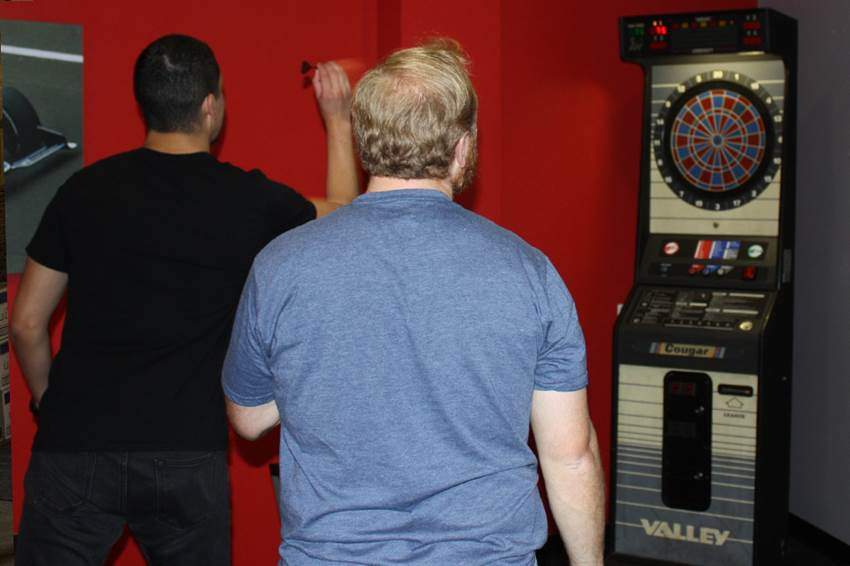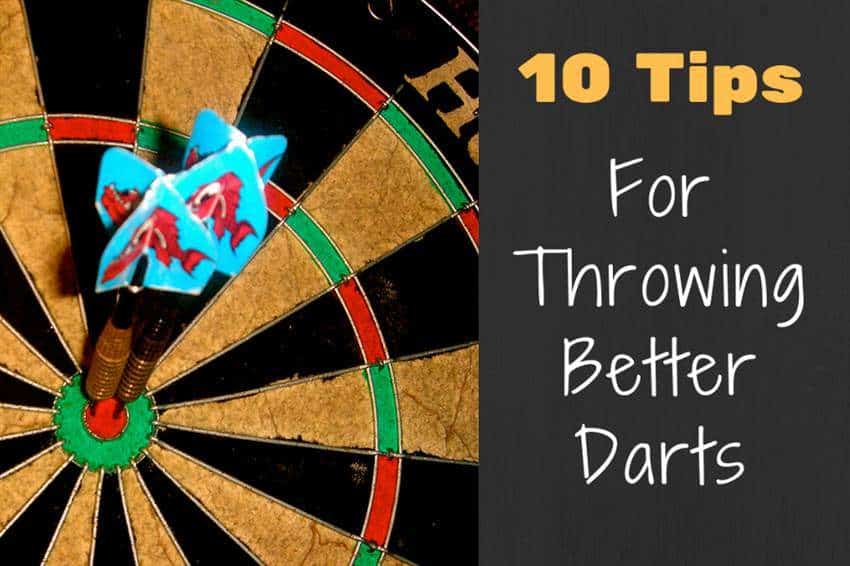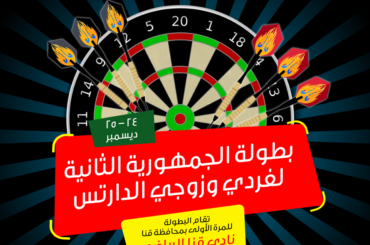We have many tips that can make a good dart technique better. If you are looking to improve your darts accuracy and precision, we go beyond the basics and explore some overlooked methods the will help elevate your game to the next level.
I have tried to make a list of tips that can apply to all skill levels. If you see something here that you know you should be doing, ask yourself, “am I doing it?” often players get into the habit of just going through the motions.
If you are looking for tips on how to play darts better, this is the list for you!
Practice with a Purpose
No matter what you are attempting to get better at, practice is the only real way to improve. There is a famous saying that goes “The master has failed more times than the beginner has even tried.”
If you are looking for ways to improve your dart game, nothing will help you achieve that goal faster than constant practice. However, all training should be executed with purpose.
Simply throwing countless darts at a board with no apparent goal is an extremely inefficient waste of time and energy. There is a multitude of ways in which practice can be made systematic and purposeful.
For example, throw 100 darts at the triple 20. Systematically aiming at one of the hardest scores in the game will gradually raise your accuracy and can provide you with a relative framework from which to measure progress.
Variations of this abound, you can practice by only throwing doubles or just even numbers.
You can limit the number of darts you allow yourself to hit a particular score, especially while you practice the most common checkouts.
By placing these artificial handicaps or conditions on yourself, you turn a mindless activity into a disciplined one, and this is one of the most efficient ways to improve your game.
Not sure where to start? Check out or 5 best dart games for beginners
Hold Still
A mistake players of all experience levels tend to make is to lose awareness of their body during the throw.
If you want to improve and do so consistently, you will have to make sure this does not happen to you.
Be aware of your entire body during every second of the throw; from the moment you step up to the oche line until the moment you release the dart from your hand.
There should be absolutely no bouncing, swinging, or swaying of your body. Your breathing should be steady and controlled at all times, and all motion should be consciously performed.
Many players throw their elbows out, flex their knees, lift their back leg, I’ve even seen some players close their eyes when they release the dart as if they were sneezing. All of these behaviors actively work to your detriment.
Over time, as you gain more control over your body, you will be able to focus on the tiniest mechanical details of your throws more easily, and this will improve your averages without a doubt.
Eliminate Variables
It is no secret that the game of darts is a game of consistency. A player’s performance will ultimately depend on his or her ability to throw consistently, more so than his or her ability to throw accurately.
This is not to say that accuracy is not important. Of course, it is but if you wish to improve as a player, you need to work on consistency first and foremost.
To achieve high levels of consistency, you will have to eliminate as many variables as you possibly can. This means that your stance, your grip, your throw mechanics, your follow throw, etc., should remain the same every time you play.
Once you have figured out a routine that works for you and it meshes well with your style of play, make a concerted effort to hone it down to a point where it becomes second nature.
This is much easier said than done and will take hundreds if not thousands of practice hours before you can manage to stop thinking about it.
Consistency requires considerable effort and commitment; however, few aspects of your game can impact your performance more.
Play Against Better Players

To many people, this might seem like a silly tip to give players, and for some, it might even seem counterintuitive, but trust me on this. If you want to improve as a player of darts, and this applies to any game or sport, you must play with people who are going to beat you.
That’s right; to get better, you must lose, repeatedly.
There are two main reasons why this type of failure happens to work out in the end.
First of all, by playing with people who are better than you, you are given the opportunity to study the way they play. You will get a front row seat to someone who is better mechanically, and strategically than you are
When you see somebody consistently hit ton 80s and checkout without batting an eyelash, you have the opportunity to observe and learn.
Additionally, when you experience failure, you are given the opportunity to analyze where you went wrong.
Comparing and contrasting is something we are all taught early in school, and it is something that we should apply to our darts career.
Play with better players, get beat, dust yourself off and try again. That is the secret to growth and improvement!
Perfect Your Stance
The physics and mechanics behind dart throws tell us that one of the most important aspects to master is for the body to remain still during the release of the dart.
Only the forearm, arm, and wrist should move to ensure that the dart follows the most accurate and efficient path through the air. Therefore, you must perfect your stance if you wish to take your throws to the next level.
Your stance should be comfortable and relaxed, to allow you to launch many times without suffering excessive fatigue.
A proper dart stance is characterized by a shoulder that remains still. After you have aimed your dart, any additional movements from the upper body move your position and will change the planned trajectory.
There is a wide variety of acceptable stances, but the player needs to figure out which one works best for him or her and stick to it.
A proper stance has the player facing the dartboard like an archer does his target. For beginners, it is recommended to take an angled position between the player’s foot and the oche line for the most accuracy and stability.
Additionally, most of the player’s body weight should be placed upon the front foot; however, during a throw, the back foot should never lose contact with the ground because this causes instability.
The stance is a very detailed topic that deserves more discussion. If you are looking to perfect your stance you can check out our full article on improving your darts stance.
Perfect the Follow Through
An optimal dart throw can be described as having three stages; these would be A, B, and C.
A refers to the initial position where the elbow is bent, and the forearm is perpendicular to the upper arm.
At position A, the dart should be tipped upwards, so the point is slightly tilted.
Position B refers to the drawback phase where the forearm swings back in preparation for the throw.
Position C refers to the extension of the arm and eventual release of the dart.
The trick to a perfect follow-through lies in the snap of the wrist at the end of the extension during position C.
Snapping the wrist at the end of the throw applies a boost of acceleration to the dart which gives it more stability while it travels through the air.
Additionally, at the very end of the motion make sure that your fingers are pointing down.
A perfect throw will glide between these three positions effortlessly and smoothly.
If you need help with your throw, this article on how to throw darts with precision is a good place to start.




